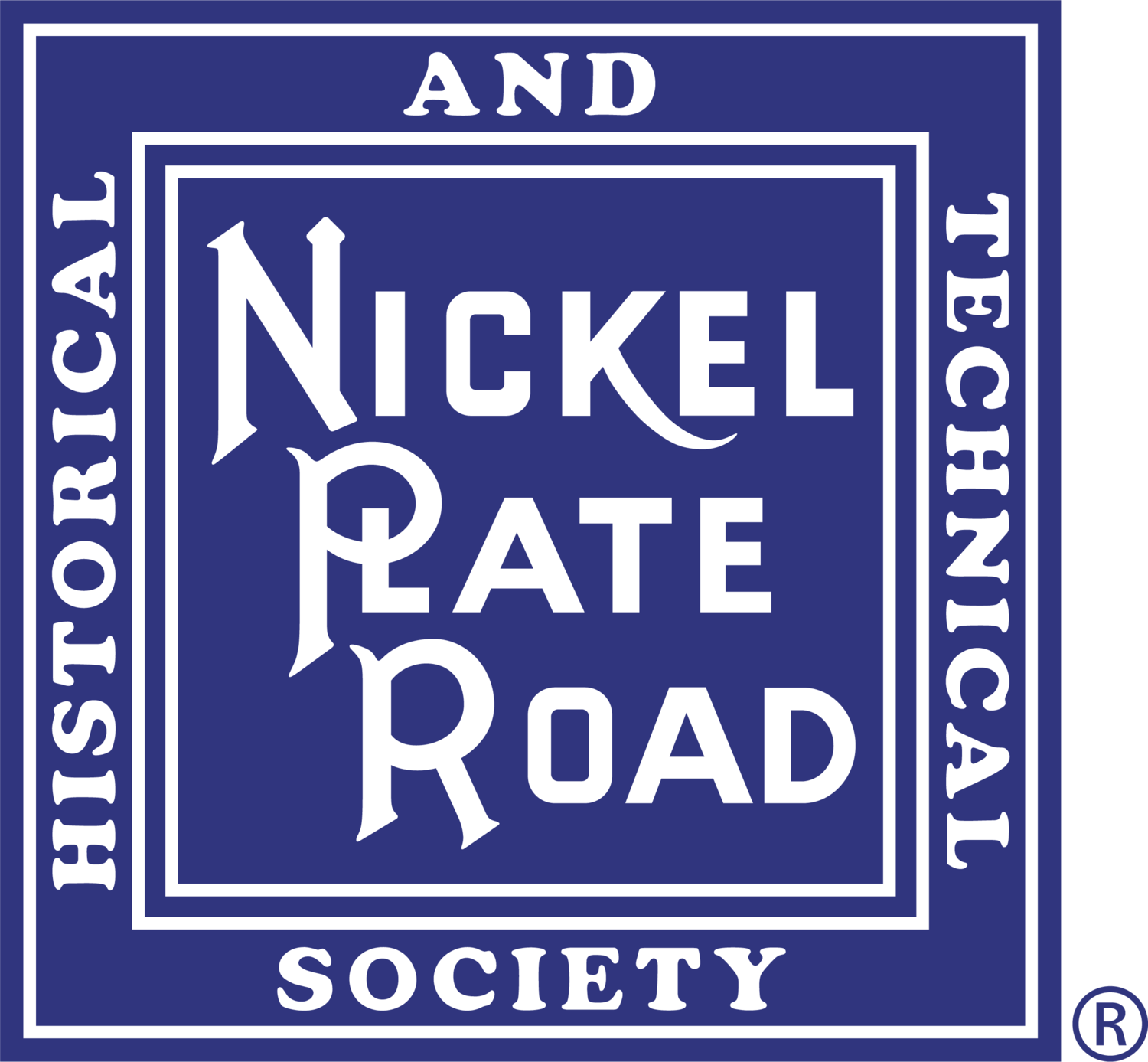Nickel Plate
Scroll down to view DIVISIONS.
It is said that the New York, Chicago & St. Louis Railroad Company was probably the only railroad in the United States built for cash in advance of the issue of stocks and bonds. The subscribers to the founding syndicate agreed to furnish the money in ten percent calls as fast as required. It was February 1881, that a party of aggressive men met in the office of George I. Seney, President of the Metropolitan National Bank of New York City. Among those in attendance was Columbus R. Cummings of Chicago, the first NKP president, Walston H. Brown, Calvin S. Brice, General San Thomas, and John G. Kennaday, who formed what was known to be the financial world as the Seney Syndicate. Later, others who participated included General D.W. Caldwell, Dan P. Ellis, and Hon. William Flemming.
In 1880, a survey was made from St. Louis to Fort Wayne, Indiana, to connect with the Lake Erie & Western Railroad, of which Mr. Brice was President. The survey was purchased by the Syndicate and two new surveys made, one from Chicago to Fort Wayne, the other from Fort Wayne to Cleveland, originally intended as an eastern terminus of the road. It was finally determined to temporarily abandon the St. Louis branch and instead build from Cleveland to Buffalo.
Early in April 1881, Major Henry L. Merill, an experienced railroad builder, assumed charge of construction. Contracts were let for 45,000 tons of steel rails at $65.00 per ton. Right of way was secured as fast as the surveys were made. The first rails were laid between Arcadia and McComb, Ohio, and the road was practically finished by September 1882. The first train was run over the road October 22, 1882.
The Lake Shore & Michigan Southern, later a part of the New York Central System, quickly realized the value of the Nickel Plate Road as a competitor, purchased the road and held controlling interest in it until July 1916. The Van Sweringen brothers were looking for ways to expand their real estate business in Cleveland and bought the Nickel Plate to acquire a right-of-way for a new traction line. The Vans soon found how nice railroading was and in a matter of a few years became very powerful railroad barons.
On July 1, 1922, the Nickel Plate Road was operating 523 miles of track between Chicago and Buffalo. On this date the NKP secured control of the properties formerly operated, managed, and controlled by the Lake Erie & Western Railroad Co. The LE&W added 707 miles of track reaching from Sandusky, Ohio to Peoria, Illinois, with two branches in Indiana.
On July 15, 1922, another 453 miles were added to the system by affiliation with the cloverleaf (TStL&W RR) reaching from Toledo, Ohio to St. Louis, Missouri. Thus, the Nickel Plate became a 1683-mile system of trackage serving the industrial, agricultural, and distributing region between the Mississippi River on the west, the Great Lakes on the north, and the Niagara Frontier on the east, with close traffic arrangements and service to the New England States and the Atlantic Seaboard reached through connecting lines.
The Nickel Plate purchased its first fifteen Berkshire (2-8-4) steam locomotives in 1934. Until that time the NKP had never had a locomotive that was out of the ordinary. With the Berkshire, the NKP acquired an engine perfectly suited to its needs and virtually every 2-8-4 locomotive built afterwards was based on the very successful design of the 700's.
The 1940's found the Nickel Plate setting record after record with the Berkshires. An additional fifty-five were built during the War. In 1947, the Nickel Plate received its first diesel road engines from American Locomotive Co. . The streamlined diesels were affectionately called BLUEBIRDS and were the only motive power on the post 1900 Nickel Plate not painted black.
In 1949, the Nickel Plate leased the long sought Wheeling & Lake Erie Railway, which it had controlled for a number of years. The Wheeling gave the Nickel Plate a financially stable railroad that was a consistent money maker. With the addition of the W&LE, the stage was set for Nickel Plate's spectacular operational and financial performance of the 1950's.
Divisions
Buffalo Division
Buffalo, NY to Conneaut, OH
Cleveland Division
Conneaut, OH to Bellevue, OH
South Lorain Branch
Sheffield, OH - South Lorain, OH

